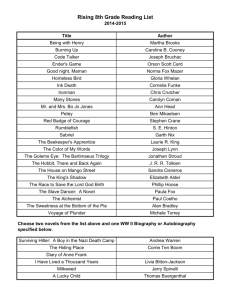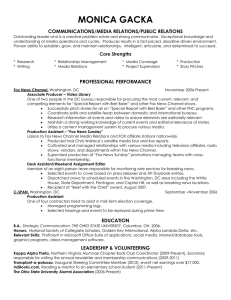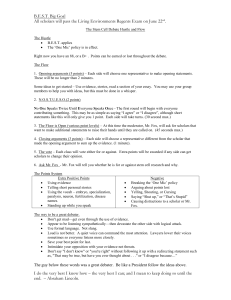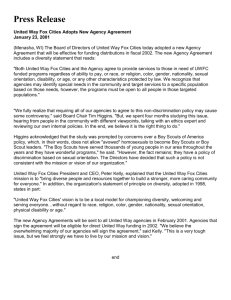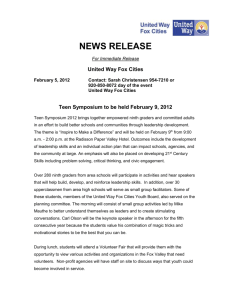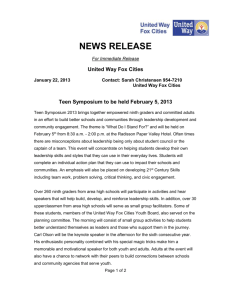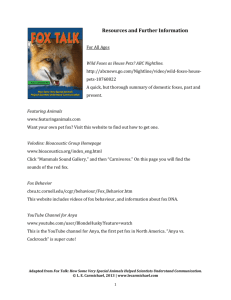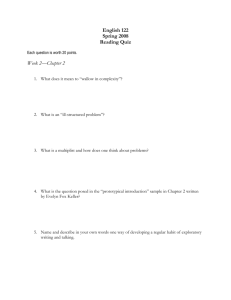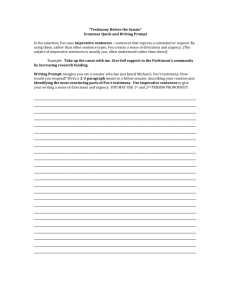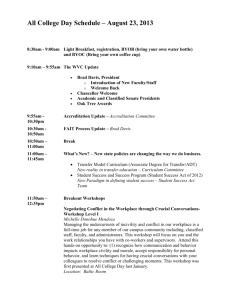Running Record Symbols and Marking Conventions
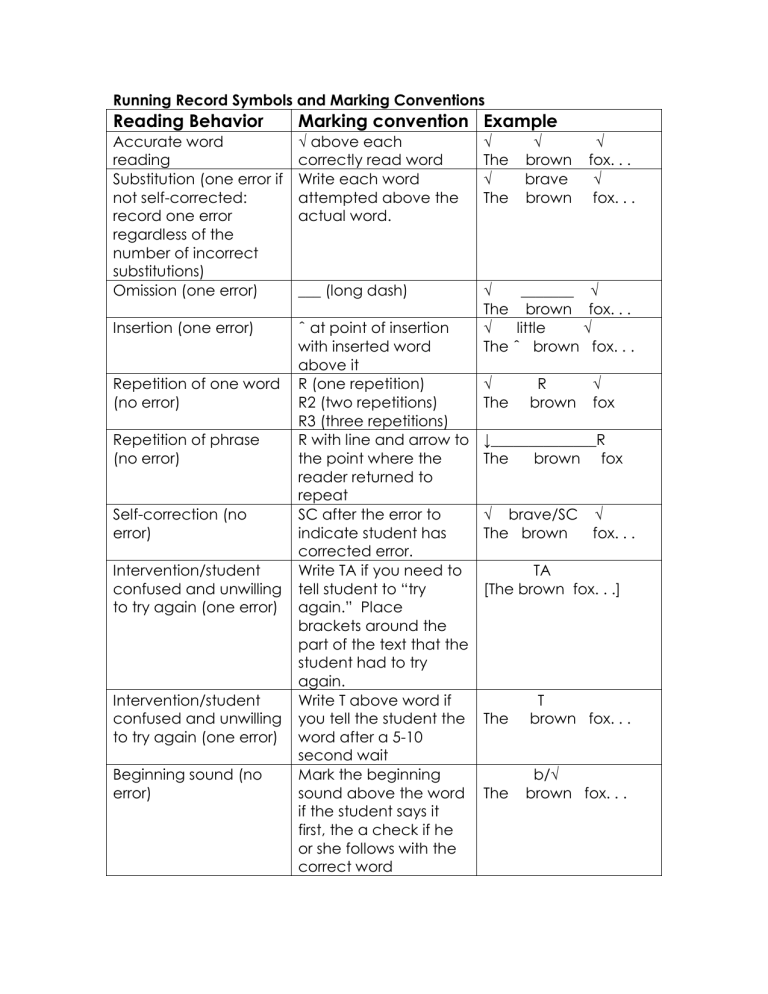
Running Record Symbols and Marking Conventions
Reading Behavior Marking convention Example
Accurate word reading
Substitution (one error if not self-corrected: record one error regardless of the number of incorrect substitutions)
Omission (one error)
√ above each correctly read word
Write each word attempted above the actual word.
___ (long dash)
√ √ √
The brown fox. . .
√ brave √
The brown fox. . .
Insertion (one error)
√ _______ √
The brown fox. . .
√ little √
The ˆ brown fox. . .
Repetition of one word
(no error)
Repetition of phrase
(no error)
Self-correction (no error)
Intervention/student confused and unwilling to try again (one error)
Intervention/student confused and unwilling to try again (one error)
Beginning sound (no error)
ˆ at point of insertion with inserted word above it
R (one repetition)
R2 (two repetitions)
R3 (three repetitions)
R with line and arrow to the point where the reader returned to repeat
SC after the error to indicate student has corrected error.
Write TA if you need to tell student to “try again.” Place brackets around the part of the text that the student had to try again.
Write T above word if you tell the student the word after a 5-10 second wait
Mark the beginning sound above the word if the student says it first, the a check if he or she follows with the correct word
√ R √
The brown fox
↓______________R
The brown fox
√ brave/SC √
The brown fox. . .
TA
[The brown fox. . .]
T
The brown fox. . .
b/√
The brown fox. . .
Running Words= number of words in text read
Errors= Words read incorrectly
Error rate= Running words / Errors
Self-corrections= number of times student self-corrected words
Self-correction rate= (SC + errors)/SC
Accuracy= Error rate converted into percentage (using conversion chart)
Reversal *Sally said--vs--said Sally Mark with ~ around words
Repeated errors *substitute “run” for “ran” counted as error each time
*substitution for proper noun is counted only the first time, even though various alternate substitutions are made (Mary for Molly, then May for Molly. . .)

